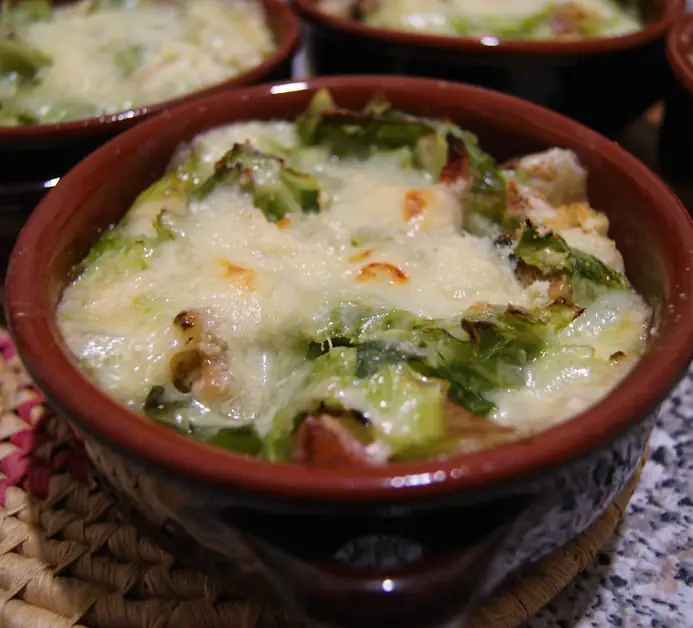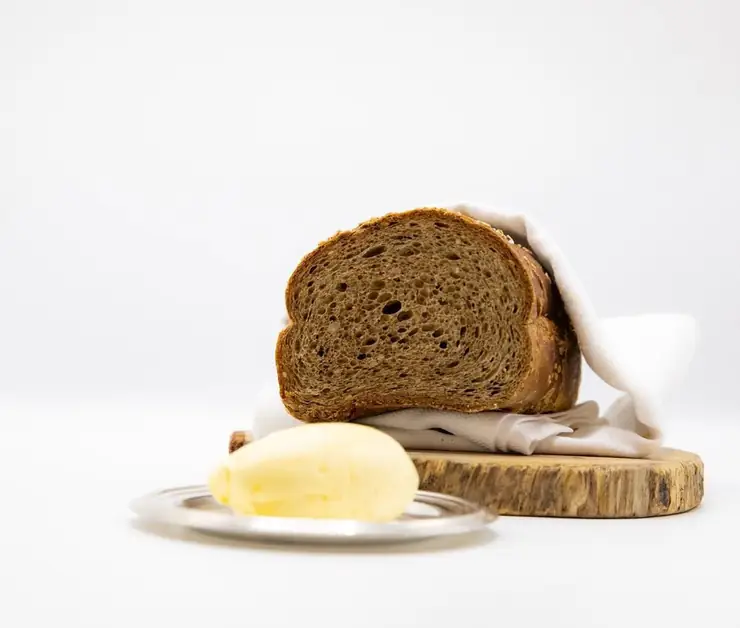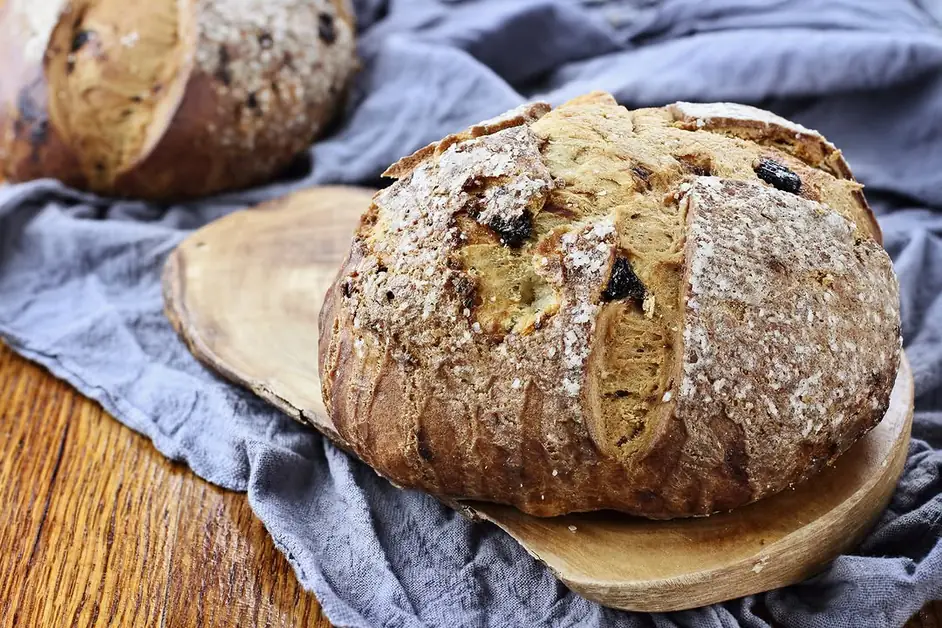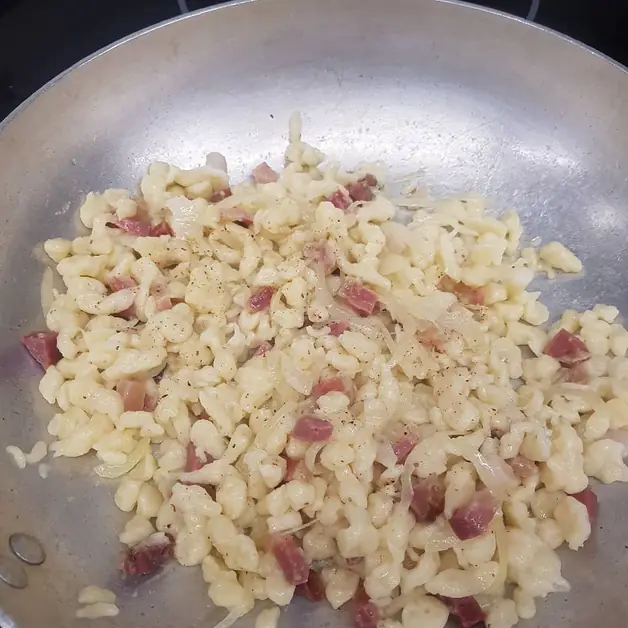Civet of chamois a traditional dish of Valle dAosta
Civet of chamois is a traditional dish rich in flavor.
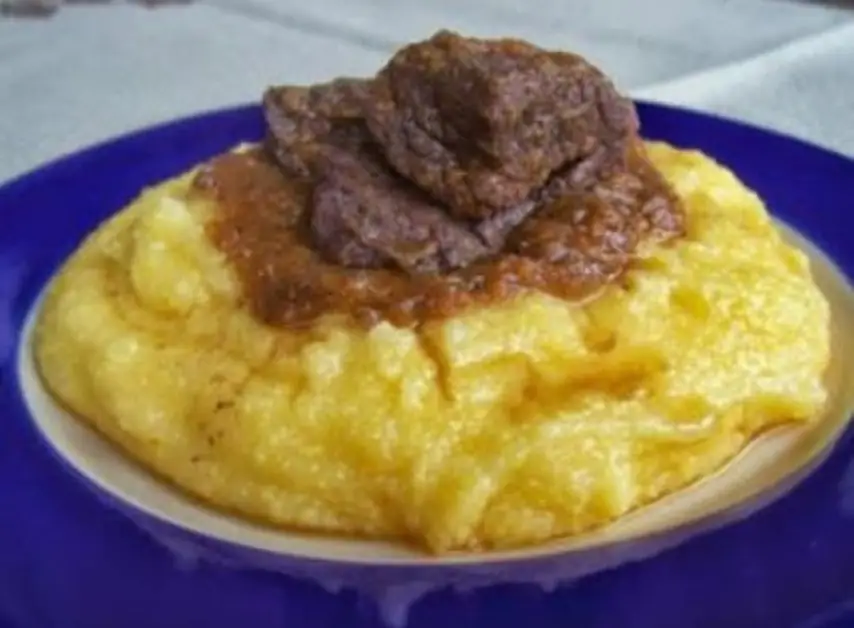
What is civet of chamois?
Civet of chamois is one of the most representative dishes of Aosta Valley cuisine, symbolizing a mountain tradition that combines taste, warmth, and history. In Valle d’Aosta, when winter envelops the landscapes under a blanket of snow, hot dishes become absolute protagonists. Civet of chamois is one of these: a robust and refined dish, capable of warming the body and heart of both locals and tourists.
Why is Aosta Valley cuisine famous for its hot and flavorful dishes?
Aosta Valley cuisine is strongly linked to the territory and the alpine climate. The long cold winters have led to the creation of recipes designed to warm and nourish: soups, stews, and meats cooked slowly in wine. These dishes are the result of centuries of peasant tradition, where nothing was wasted and every ingredient was valued. Civet of chamois is a perfect example.
What exactly is chamois and why is it used in cooking?
Chamois is a wild animal typical of the Alps. Its meat is prized and appreciated for its delicacy and for its strong but not overly gamey flavor. In Valle d’Aosta, the processing of chamois is an ancient art, passed down through generations. Only here, in Italy, can you find masters capable of handling this meat in a way that keeps it tender and tasty, eliminating the gamey aftertaste.
What are the traditional ingredients of civet of chamois?
For four people you need:
700 g of chamois meat in pieces 1 onion 1 carrot 1 celery stalk 1 clove of garlic 10 g of butter Flour to taste Extra virgin olive oil to taste 1 bottle of full-bodied red wine 1 sprig of sage 1 sprig of thyme 1 sprig of marjoram 2 bay leaves 3 juniper berries 1 clove Salt and peppercorns to taste.
What wines pair best with civet of chamois?
Civet of chamois pairs perfectly with full-bodied and dry red wines. The locals recommend pairing it with a local wine, such as Valle d’Aosta Donnas, which enhances the aromas of the meat and aromatic herbs. Alternatively, an Amarone della Valpolicella is an excellent choice for those who enjoy more intense and enveloping flavors.
How is the marinade for civet of chamois prepared?
Marinating is the most important phase of the recipe. After washing and drying the meat well, it is placed in a bowl with a mixture of onion, carrot, celery, and garlic. Then all the aromatic herbs (sage, thyme, marjoram, bay) and spices (juniper and clove) are added. It is salted and covered with red wine. The meat must marinate in the refrigerator for at least twelve hours, stirring occasionally to ensure even flavoring.
What is the purpose of marinating?
Marinating serves to make the meat more tender and fragrant. The wine and spices help eliminate any gamey taste and give the dish a balanced and aromatic flavor. This step is essential for achieving a perfect civet of chamois.
How is the cooking of civet of chamois done?
After the marinating time, the meat is drained and lightly floured. In a large pan, the butter and oil are melted, then the meat is added and browned for a few minutes. Then the chopped vegetables are added and salted. When the meat is well browned, the strained marinade is poured in, and it is allowed to cook over low heat for about two hours, covered with a lid. During cooking, the wine reduces and creates a dense and fragrant sauce.
How is the sauce for civet obtained?
At the end of cooking, the bottom of the pan is rich in aromas and flavors. It should be strained to obtain a smooth and velvety sauce. This is then added back to the meat, which is cooked for another 30 minutes. The result is extremely tender meat and an intense sauce, ideal for accompanying polenta.
What is civet of chamois served with?
Civet of chamois is traditionally served with a generous portion of steaming polenta. The combination of the tenderness of the meat and the creamy consistency of the polenta creates a perfect balance. Some prefer to accompany it with mashed potatoes or rustic bread, but polenta remains the most authentic pairing.
What are the secrets for a perfect civet of chamois?
The secrets are three: the quality of the meat, the marinating time, and slow cooking. Only meat of excellent quality, well-marinated and cooked over low heat, guarantees a balanced and fragrant dish. The choice of wine is also fundamental, as it directly influences the final taste.
Is civet of chamois a dish suitable for tourists?
Absolutely yes. Tourists visiting Valle d’Aosta in winter often seek authentic gastronomic experiences, and civet of chamois is one of them. It represents the tradition and hospitality of the Aosta Valley and is a way to discover the flavors of the mountains in a single dish.
Where can you taste civet of chamois in Valle d’Aosta?
Civet of chamois can be easily found in typical Aosta Valley restaurants and alpine huts. In Gressoney, Courmayeur, and Cogne, it is one of the most requested dishes during the winter season. It is often served with a glass of local red wine, completing a lunch or dinner with traditional flavors.
What other game meats can be found in Aosta Valley cuisine?
In addition to chamois, Aosta Valley also features dishes made with deer, roe deer, and hare. All these meats are often cooked in civet, that is, slowly stewed in wine with herbs and spices. Each family has its own recipe, passed down from generation to generation.
What are the main characteristics of Aosta Valley cuisine?
Aosta Valley cuisine is mountain cuisine: genuine, hearty, and made with local ingredients. Cheeses, meats, wines, and seasonal vegetables are the protagonists. Each dish tells a piece of history and a deep connection with the nature and traditions of the region.
What is the best time to enjoy civet of chamois?
The ideal period is winter, when temperatures drop and the desire for hot dishes increases. However, some restaurants offer it year-round, especially in mountain areas where the climate remains cool even in summer.
Why is civet of chamois considered a balanced dish?
Because it combines proteins, aromas, and flavors harmoniously. The meat is lean but nutritious, the vegetables add sweetness, and the spices provide depth. It is a rich dish but not heavy, perfect for those seeking taste and tradition in a single bite.
